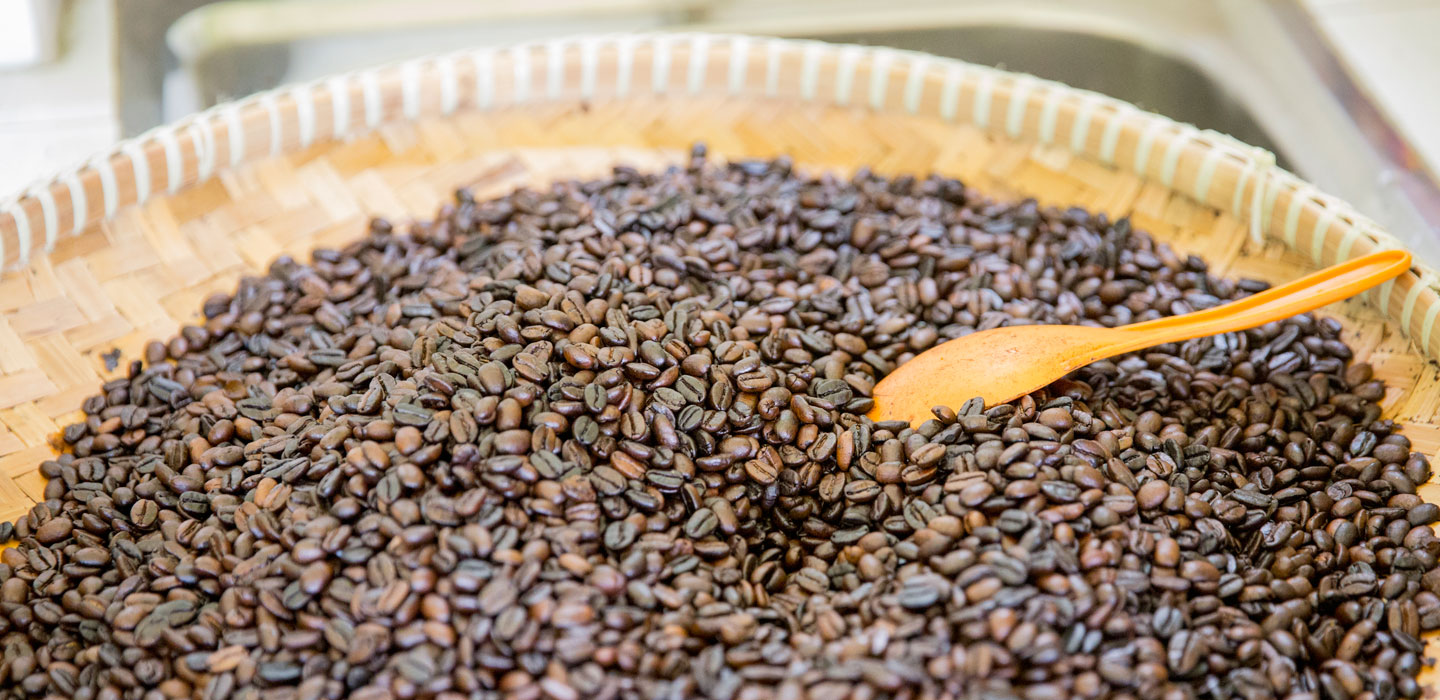Papers and briefs
In Brief

In Brief
Menu Display
Search Results Filters
Search Results
IFAD in the Near East and North Africa region
January 2007
IFAD’s work in the region is guided by the organization’s Strategic Framework, its four thematic priorities for the region and by individual country strategic opportunities papers (COSOPs), reflecting governments’ own priorities in rural development and prepared in consultation with governments, donors and other partners.
The rural poor - Survival or a better life?
September 2002
This paper outlines the social and environmental reasons why the international development community should give higher priority to helping poor people,
especially those in areas that are biophysically marginal or socio-economically marginalized. Sustainable rural development depends on successfully addressing the
twin challenges of poverty and environmental degradation. There are 1.2 billion people living in extreme poverty, and of these, 900 million live in rural areas where they depend directly or indirectly on agriculture to survive. The paper gives a brief overview of rural development in the context of the Millennium Development Goals and AGENDA 21, which call for concerted action to address the problems of the rural poor and the limitations of their natural resource base.
especially those in areas that are biophysically marginal or socio-economically marginalized. Sustainable rural development depends on successfully addressing the
twin challenges of poverty and environmental degradation. There are 1.2 billion people living in extreme poverty, and of these, 900 million live in rural areas where they depend directly or indirectly on agriculture to survive. The paper gives a brief overview of rural development in the context of the Millennium Development Goals and AGENDA 21, which call for concerted action to address the problems of the rural poor and the limitations of their natural resource base.